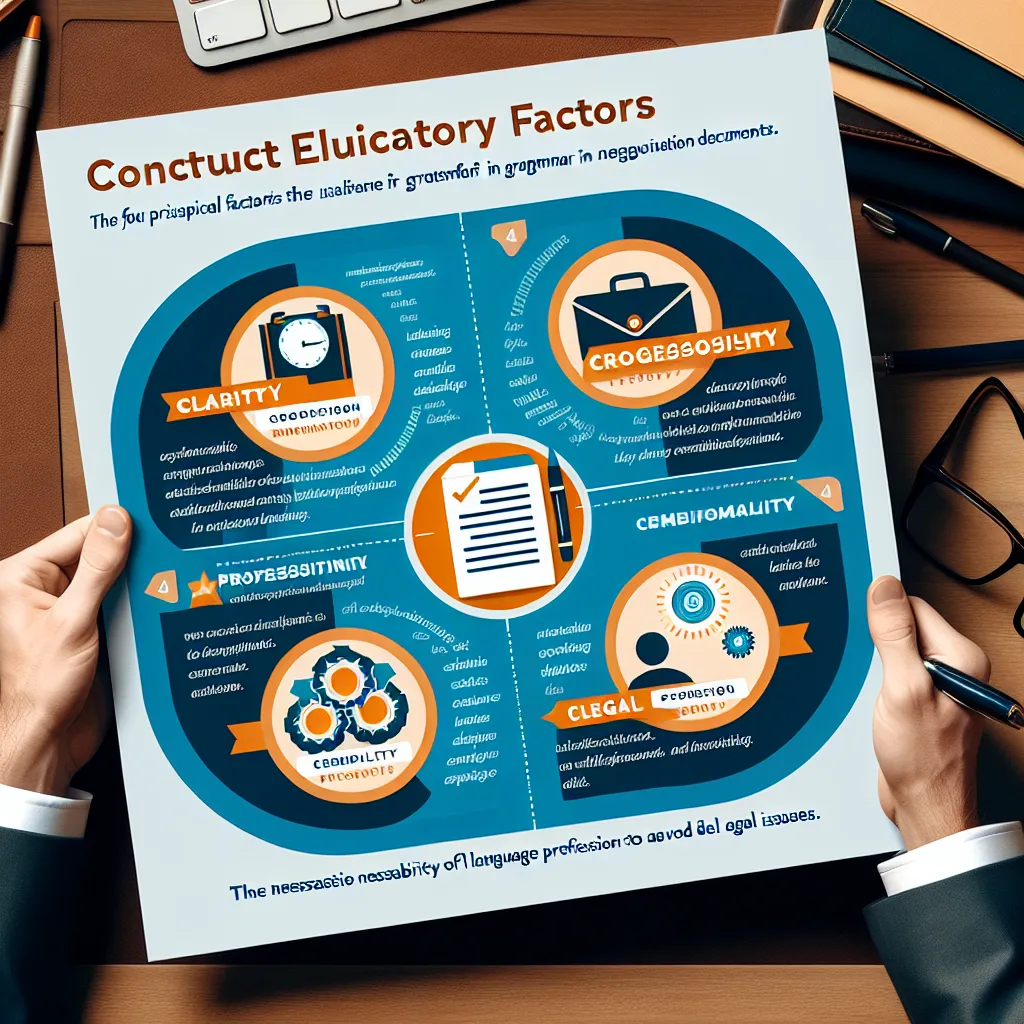Mastering advanced negations is a crucial step in enhancing your English language skills. Whether you’re preparing for the IELTS exam or simply aiming to improve your everyday communication, understanding how to use complex negative structures can significantly elevate your language proficiency. This guide will walk you through the intricacies of advanced negations, providing you with practical tips and examples to help you incorporate these structures into your English usage confidently.
Understanding Advanced Negations
Advanced negations go beyond the simple “not” constructions and involve more sophisticated ways of expressing negative ideas. These structures allow for nuanced communication and can convey subtle meanings that simple negatives cannot achieve.
 Advanced English Negations
Advanced English Negations
Why Advanced Negations Matter
- Precision: Advanced negations allow you to express ideas with greater accuracy.
- Sophistication: They demonstrate a higher level of language proficiency.
- Nuance: Complex negatives can convey subtle shades of meaning.
- Variety: They add diversity to your language, making your speech and writing more engaging.
Types of Advanced Negations
1. Double Negatives
While traditionally discouraged in formal English, double negatives can be used for emphasis or in specific dialects.
Example: “I ain’t got no money.” (informal)
Standard form: “I don’t have any money.”
In formal contexts, avoid double negatives and opt for standard constructions:
- Incorrect: “I don’t know nothing.”
- Correct: “I don’t know anything.” or “I know nothing.”
2. Negative Inversion
This structure involves inverting the subject and auxiliary verb for emphasis.
Example: “Never have I seen such a beautiful sunset.”
Standard form: “I have never seen such a beautiful sunset.”
Usage tips:
- Use with negative adverbs like “never,” “rarely,” “seldom,” etc.
- Place the negative adverb at the beginning of the sentence.
- Invert the subject and auxiliary verb.
3. Partial Negatives
These are words that have a negative meaning without using “not.”
Examples:
- “She hardly ever speaks in public.” (meaning: She almost never speaks in public)
- “They barely finished the project on time.” (meaning: They almost didn’t finish the project on time)
Common partial negatives: hardly, barely, scarcely, seldom, rarely
4. Negative Questions
Negative questions are often used to express surprise or to seek confirmation.
Example: “Isn’t it a lovely day?” (expecting agreement)
Formation:
- For yes/no questions, place “not” after the subject: “Are you not coming with us?”
- In informal speech, contract the auxiliary verb and “not”: “Aren’t you coming with us?”
5. Implicit Negatives
These are words or phrases that imply a negative without using typical negative structures.
Examples:
- “She failed to appear at the meeting.” (meaning: She didn’t appear at the meeting)
- “The proposal fell short of our expectations.” (meaning: The proposal didn’t meet our expectations)
Advanced Negation Techniques
1. Using “Not” with Comparatives
This structure allows for more nuanced comparisons.
Example: “The film was not as good as I expected.”
Formula: not + as + adjective + as
2. Negative Prefixes
Prefixes like “un-“, “in-“, “dis-“, and “non-” can create negative meanings.
Examples:
- Unhappy (not happy)
- Incorrect (not correct)
- Disapprove (to not approve)
- Non-existent (not existing)
Be cautious: Not all words with these prefixes have opposite meanings (e.g., “inflammable” means the same as “flammable”).
3. Emphatic Negatives
These structures emphasize the negative aspect of a statement.
Examples:
- “On no account should you open this door.” (meaning: You should absolutely not open this door)
- “Under no circumstances will I agree to this proposal.” (meaning: I will definitely not agree to this proposal)
Common Mistakes and How to Avoid Them
- Overusing double negatives: Stick to single negatives in formal contexts.
- Misplacing “only”: “I only have two dollars” vs. “I have only two dollars” (the second is more precise).
- Confusing negative questions: Remember that “Yes” confirms the negative in the question, while “No” contradicts it.
Example:
- “Aren’t you coming?” – “Yes” (meaning: Yes, I am not coming) or “No” (meaning: No, I am coming)
Practical Exercises
To master advanced negations, try these exercises:
- Rewrite positive sentences using negative inversion.
- Transform sentences using partial negatives.
- Create emphatic negative statements from given scenarios.
- Practice forming and responding to negative questions.
For more practice on mastering English tenses, which often interact with negations, check out our guide on how to master different tenses in English.
Conclusion
Advanced negations are a powerful tool in the English language, allowing for more precise and sophisticated communication. By understanding and practicing these structures, you can significantly enhance your language skills, whether for academic purposes like IELTS or for everyday use. Remember, mastery comes with practice, so incorporate these advanced negations into your daily English usage. For more tips on refining your English, including the use of contractions which often involve negations, visit our article on strategies for mastering English contractions.




